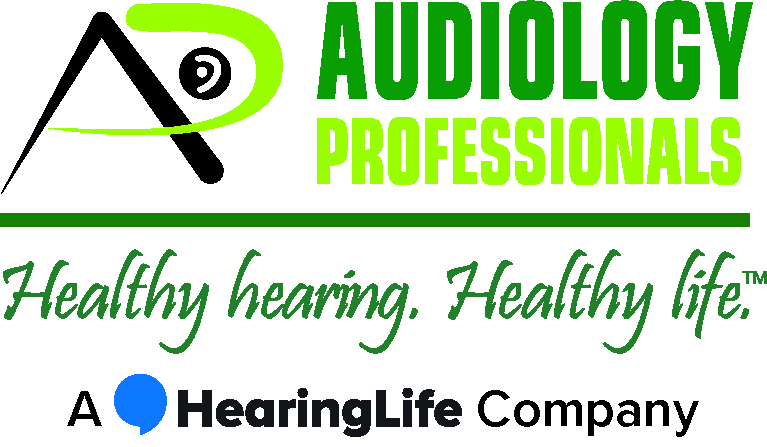Probably the last thing you think about when you hear the word cauliflower is someone’s ear! However, wrestlers, boxers, and other participants in contact sports are often affected by cauliflower ear. Cauliflower ear refers to the swelling of the ear due to a blood clot from trauma that causes the ear to become lumpy and misshapen. In addition to its cosmetic implications, cauliflower ear can impact hearing as well.
Understanding Cauliflower Ear
Cauliflower ear, also known as auricular hematoma, is the result of repeated trauma or injury to the outer ear, specifically the auricle or pinna, which is the visible part of the ear. This trauma causes bleeding within the ear’s cartilage, and if left untreated, the blood can clot and form a hematoma. Over time, this hematoma can cause the ear’s cartilage to become misshapen, leading to the characteristic appearance of a cauliflower, hence the name.
The Role of the Outer Ear in Hearing
To understand how cauliflower ear can potentially cause hearing loss, it’s crucial to appreciate the role of the outer ear in the hearing process. The outer ear, consisting of the pinna and ear canal, plays a vital role in capturing sound waves and channeling them towards the middle and inner ear.
- Sound Collection: The pinna acts like a funnel, capturing sound waves from the environment and directing them into the ear canal.
- Sound Amplification: The shape and contours of the pinna also help amplify certain frequencies, enhancing our ability to hear various sounds.
- Protection: The ear canal is lined with protective wax and hair, which help prevent foreign objects and debris from entering the ear.
The Potential Impact on Hearing
Let’s explore how cauliflower ear can impact hearing:
- Blockage of the Ear Canal: In severe cases, the deformed and thickened cartilage can partially or fully obstruct the ear canal. This blockage can interfere with the passage of sound waves into the ear, leading to a reduction in hearing sensitivity.
- Infection Risk: The hematoma that forms in cauliflower ear can create an environment conducive to bacterial growth. Infections can cause pain, inflammation, and potential damage to the ear’s delicate structures, further compromising hearing.
- Middle Ear: While cauliflower ear primarily affects the outer ear, severe cases can lead to pressure changes that affect the middle ear. Such pressure imbalances can impact the function of the ossicles (small bones in the middle ear) and the eardrum, potentially leading to conductive hearing loss.
Prevention and Treatment
Preventing cauliflower ear is the best way to avoid its potential impact on hearing. Athletes in high-risk sports should use protective headgear, such as wrestling headgear or ear guards, to minimize the risk of ear injuries.
If cauliflower ear develops, prompt treatment is crucial. Draining the hematoma, either by aspiration or surgical intervention, can prevent long-term deformity and minimize the risk of hearing loss.
While cauliflower ear is commonly associated with its cosmetic concerns, it’s essential to recognize its potential impact on hearing health. The outer ear’s role in sound capture and conduction means that any significant deformities or blockages caused by cauliflower ear can lead to hearing loss. Taking preventive measures and seeking prompt medical attention in case of injury are vital steps to protect both the appearance and functionality of the ear.
Contact Us Today! If you suspect hearing problems due to cauliflower ear, reach out to one of our hearing care professionals. Contact the Audiology Professionals team by calling (541) 228-9233. Alternatively, click here to contact us online.
